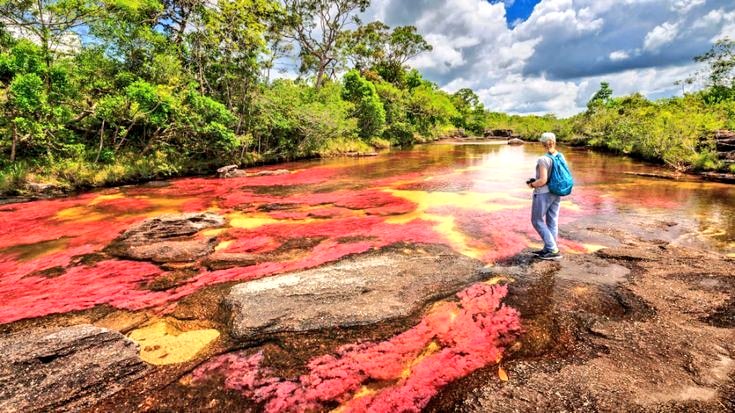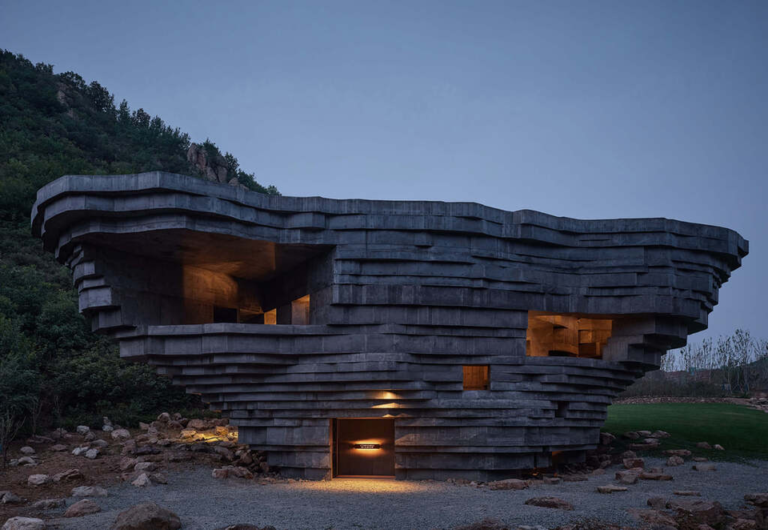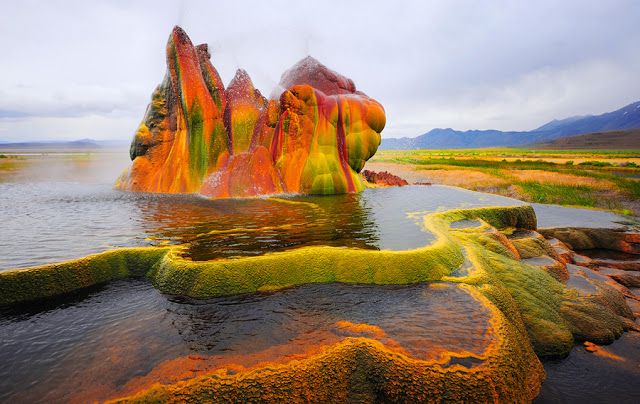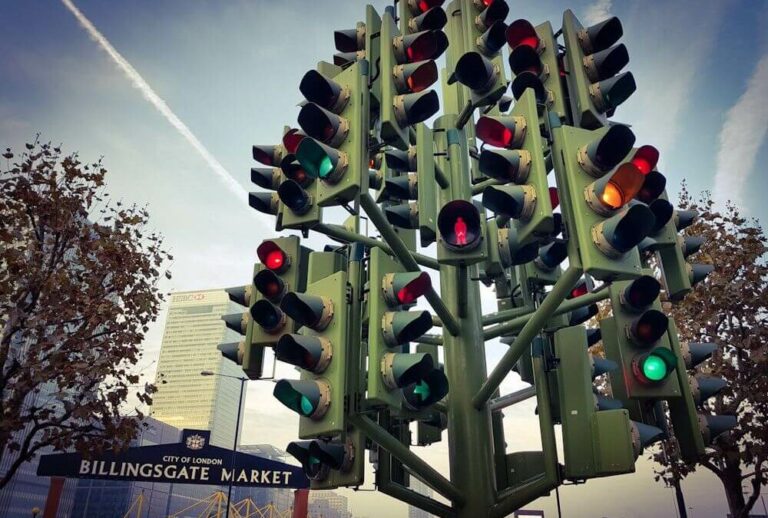Back in the old pre-Covid days when we could travel around, one of the appeals of going abroad was to examine ancient, mysterious locations and unique natural phenomena. These experiences leave the visitor wondering how these structures came about and for what reason. Where they built with guidance from aliens? Well, the only way to find out is to buy that plane ticket and explore these places yourself! When you’re ready, here are eight mysterious places in South America where the line between magic and reality is blurred.
1. Monte Roraima — Venezuela
With a summit 9,200 feet high (2,810m) and taking up 12 square miles (31km2) the views from above leave the traveler speechless. It’s the triopoint of Brazil, Guyana and Venezuela, allowing the visitor to enjoy the natural beauty of all three countries. The site is central to many of the myths and legends of the indigenous people. For instance, the Pemon and Kapon natives believe it is the stump of a huge tree from which all of the world’s fruits and vegetables originally grew.

2. Nazca Lines — Peru
These super huge lines in the Nazca Desert, located in southern Peru, form 70 shapes including that of a lizard, monkey, spider, dog, cat, and for good measure, a human. They go back between 500 BC and 500 AD and until recently were left largely undisturbed due to the dry climate and their isolated location. In spite of the fact that they can only be seen from the sky, the shapes were so accurately designed that some pseudo scientists concluded that it must be the work of ancient astronauts. But nope. In the early 2000s, using very simple tools and careful planning, American skeptic and investigator of the paranormal was able to recreate some of the largest in a matter of days.

3. Perito Moreno Glacier — Argentina
If you’re going to visit Argentina, a trip to Patagonia is a must. When you’re there, you need to stop by the Perito Moreno Glacier, the only glacier in the world that is still growing. It measures 3.1 miles wide (5km) and is nearly 200 feet (60m) high. Water from Lake Argentino and the Santa Cruz River that flows in the direction of the glacier gradually builds up over time and eventually the pressure results in spectacular raptures. There is no set period in which these occur; sometimes it happens once a year and at other times it might take a decade. So if your dream is to see one, you pretty much just have to get lucky.

4. Caño Cristales — Colombia
This river, situated in the Colombian province of Meta, is known as the “Liquid Rainbow” due to the red, yellow, blue, black, and green colors that run through the water as the result of plants, minerals and light reflections. It’s an especially popular destination among photographers looking to capture the perfect nature picture. The best time to visit is from late July to November as the colors are far less prevalent at other points of the year.

5. Easter Island — Chile
This, of course, is home to those famous and mysterious moai statues. While their heads are what come to mind when most people think about them, all of the structures actually contain full torsos buried under ground and some even have legs. Built from 1100 to around 1680 AD, nobody knows exactly what purpose they serve or how they were moved when the technology of the time would have made it extremely difficult to do so. Only around 25% of the statues ever made it to their destination, the rest (along with the tools used to make them) were just abruptly left where they were.

6. Machu Picchu — Peru
The Lost City of the Incas is among the most incredible archaeological finds in the world. It was built around 1450 and for reasons unknown abandoned around 100 years later. When discovered in 1911, archaeologists were stunned to find houses, palaces and temples constructed from perfectly fitted block stones. You’ll find peace, tranquility and dare we say reach nirvana when you visit?

7. Salar de Uyuni — Bolivia
Hoping to walk on clouds? Sorry to burst your bubble, but it’s not physically possible. But a trip to Salar de Uyuni is a nice consolation. The world’s largest salt desert, it’s impossible to know where the earth ends and the sky begins. It’s nicknamed the Dalí Desert because it looks like something out of a scene of the famous Spanish artist’s paintings. And, hey, it just so happens that some of the scenes of Star Wars: The Last Jedi — the stupidest of the pointless Star Wars sequel trilogy — were filmed there.

8. Emas National Park — Brazil
Within this UNESCO World Heritage Site dwells all sorts of quirky creatures: the giant anteater, the black howler monkey and even the silly-looking half pig, half hippopotamus thing known as the tapir. But for a really unusual experience, you should check out the gigantic termite mounds that light up with mysterious green flashes. What gives? Aliens? In fact, it’s the larvae of beetles that are up to shenanigans. They emit these green lights which attract the termites and cause them to find out what’s up. The answer: lunch — and they’re the main course.


















+ There are no comments
Add yours